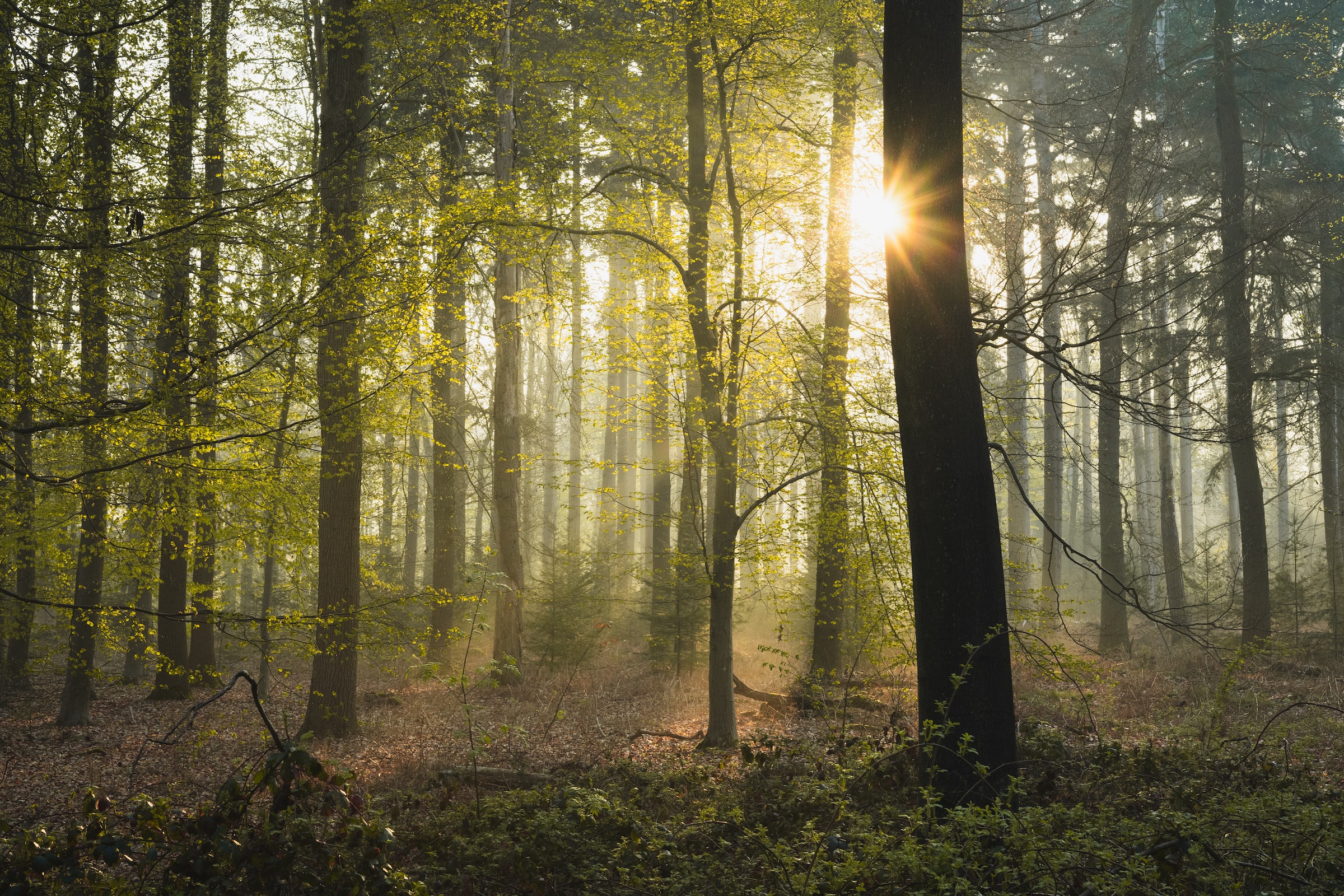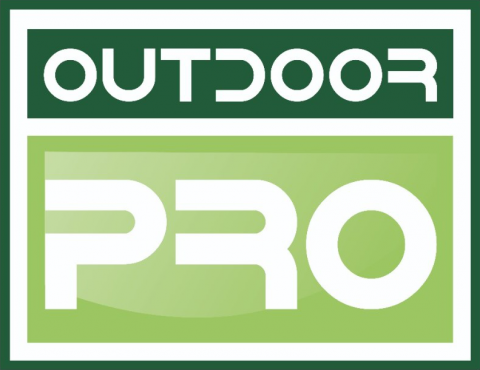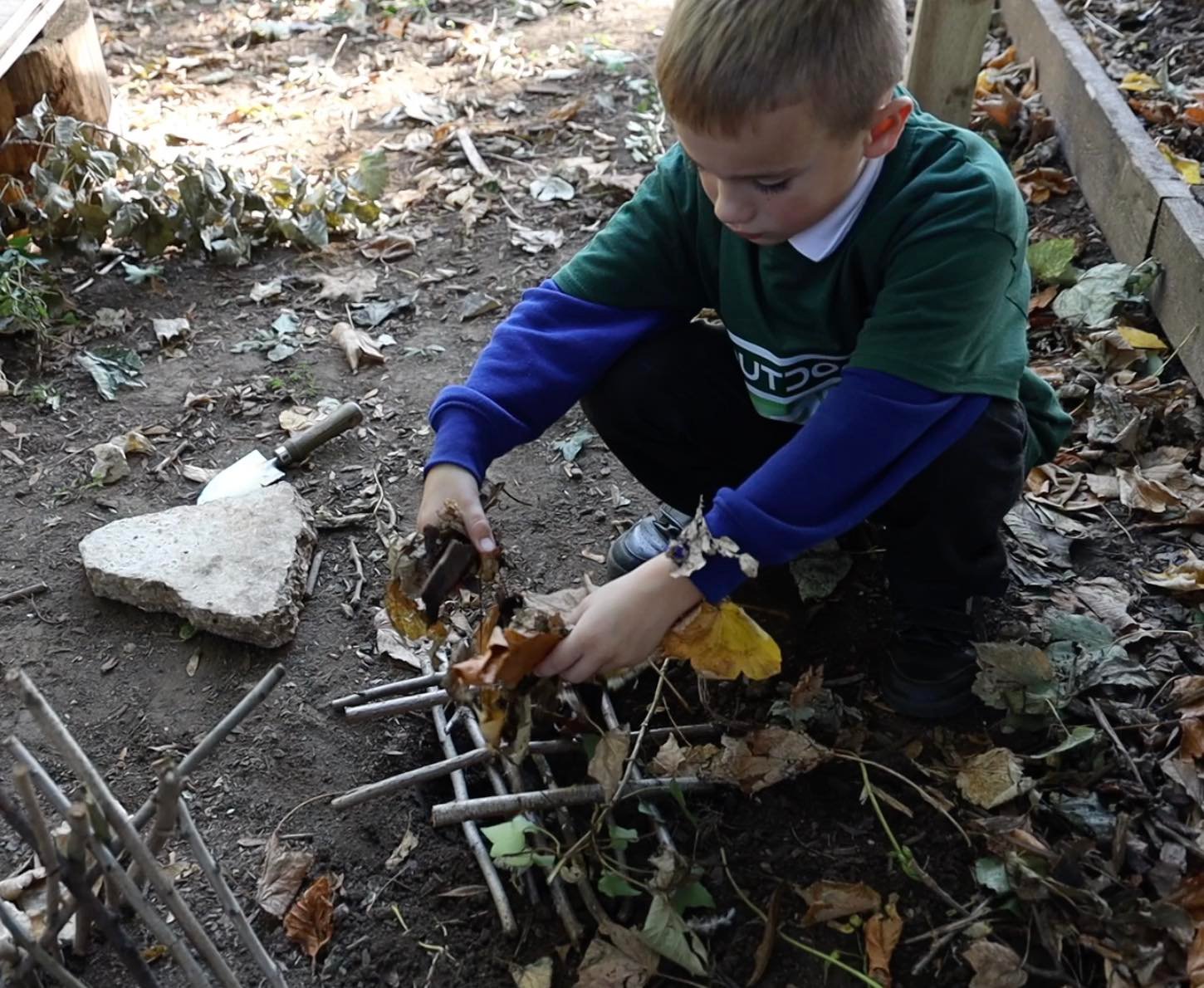

Welcome to Outdoor Pro
How does Outdoor Pro work?
Outdoor pro works by giving educators access to a wide range of learning materials that are suitable. for all learners from EYFS to KS2. This gives educators the information they need to be able to successfully deliver outdoor education sessions regularly.
Your next outdoor lesson can be planned within a few clicks as Outdoor Pro App has hundreds of short professional videos that speed up teachers’ knowledge and understanding of “what and how” to deliver an outdoor lesson. Allowing everyone to experience and gain from learning in the outdoors. Simply choose the age group, select the theme then follow the step-by-step lessons. The app is updated regularly with new and exciting themes and lessons to keep your learners engaged, making your planning for outdoor sessions effortless and simple.
EACH LESSON HAS 3 MAIN COMPONENTS THAT REMAIN THE SAME, THESE ARE:
Basecamp

Establishing your “basecamp” is a great way to embed routines and structure to your outdoor lessons and will help the children build positive learning behaviours moving forward.
Always start by gathering the children in the same location, this may be a log circle, benches or even your own outdoor classroom. This will be where the outline of each lesson will be delivered.
Outdoor Pro is not delivered in a traditional classroom setting however expectations remain the same despite being outside. This routine will aid you in setting boundaries and serve as a meeting point for most of the delivery of the curriculum.
At the end of each lesson plan, you will see reference to gathering the children in one location. Your “basecamp” will also serve as the perfect spot for your plenary.
Using your outdoor space

The children are outside and will naturally behave differently from when indoors. Allow them to explore and and be curious but to do so in a safe and sustainable manner. Reinforce the need to maintain a walking pace; slips, trips & falls may be much more hazardous while outdoors.
When handling natural materials encourage the children to perform their own dynamic risk assessments; is this object safe for me to use, is it heavy, is it harmful, what am I going to do with it.
The children’s practice will also need to be sustainable. The human footprint is inevitable when working with nature but can be minimised and reduce harm to the ecosystem. Where possible try not to remove living plants, try not to introduce invasive species to the area, use and reuse natural resources wisely as they are in finite supply.
Leave no trace!

Long term, you may wish/need to erect temporary structures, this is not what leave no trace means. This ethos is a means of caring for our green and wild spaces.
Explain to the children why it is vital we care for our green spaces and part of this means leaving no trace of our activity. Any tools/equipment need to be put away, fire extinguished, logs piled up, ground layer covered etc.
It has been found establishing this routine encourages children to have pride in the site they occupy and helps reduce the human footprint upon the ecosystem.